
Exterminate All the Brutes, the new four-part series by Raoul Peck, is a must-watch, please-share essay film that takes audiences through some of the most horrific moments in civilization over the past half-millennium. Narrated by Peck himself, Brutes follows I Am Not Your Negro, which focused on James Baldwin’s work, and distills how white supremacy, or, more specifically, whites’ presumption to supremacy was asserted with violence and justified with lies.
Unlike his previous project, Peck’s thesis is scaffolded by the content of three texts mentioned throughout: Sven Lindqvist’s Exterminate All the Brutes (which examines Europe’s genocidal colonization of Africa), Roxanne Dunbar-Ortiz’s An Indigenous Peoples’ History of the United States (the first history of the country told from the perspective of indigenous people) and Michel-Rolph Trouillot’s Silencing the Past (an analysis of power and silence in history, focusing on Haitian history). Similar to how Baldwin’s writing empowered I Am Not Your Negro, the work of these three authors serves as a lodestar for Exterminate All the Brutes.
Peck’s research is impressive in the way it traces the connections between historical atrocities and the realities of the world today. Exterminate All the Brutes asserts that the colonization of the “New World” meant the genocide of Native Americans, the imperial conquest of Africa and Haiti by European powers, and the enslavement of Africans in the Americas. Matched by the collective will of white people to keep these crimes silenced, Peck lays these stories out as evidence of how the foundation of the Western world’s wealth was created.
To that end, there is a lot to unpack and learn from this four-part docuseries. Here are a few of the highlights.
Exterminate All the Brutes serves as an origin story for white supremacy
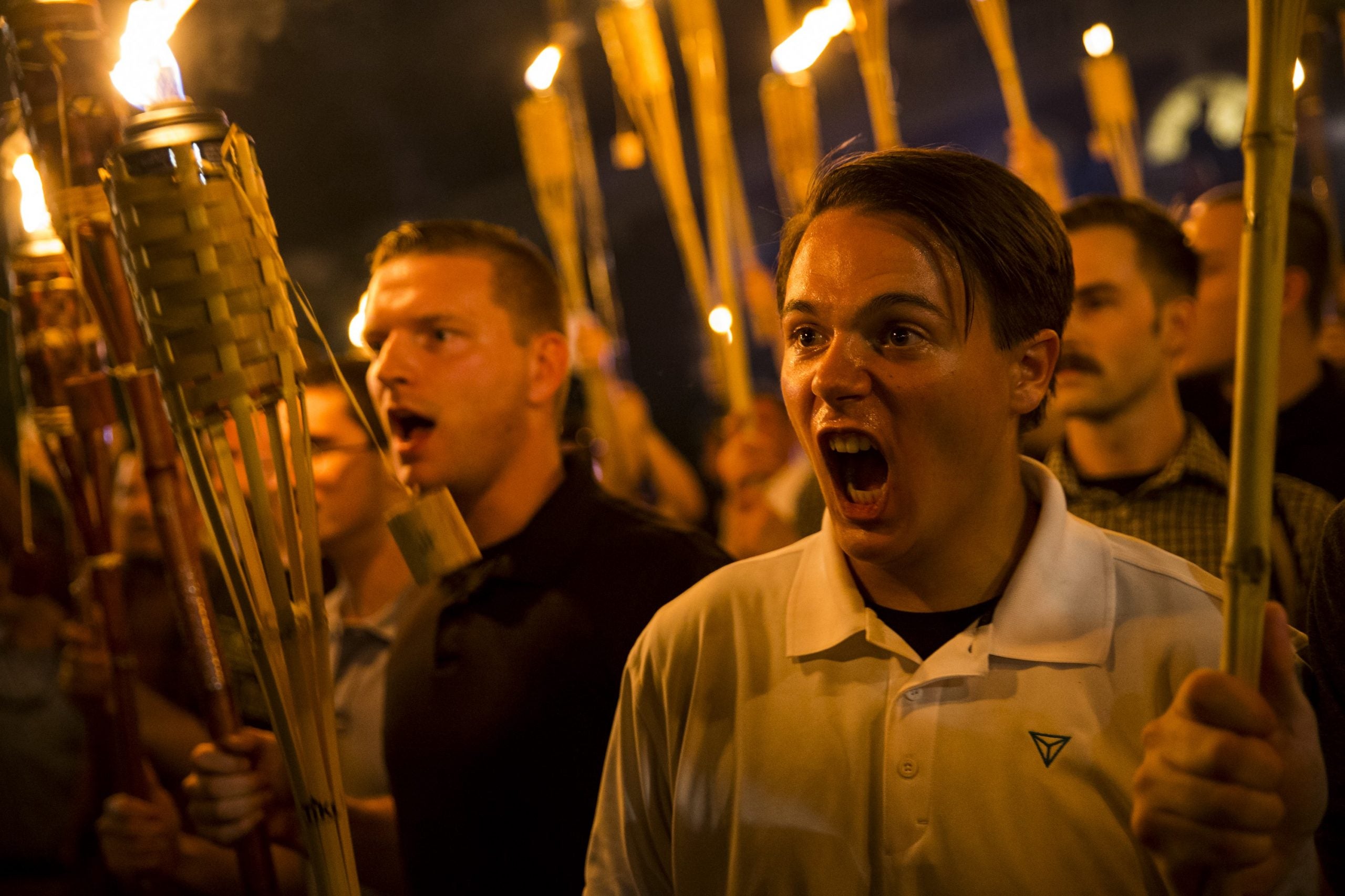
Bankrolled by HBO, Brutes is the result of long, painstakingly creative work by the 67-year-old filmmaker. While weaving in his own story, Raoul Peck charts the colonialism and genocide by the Europeans and the Spanish to Columbus’ “discovery” of already populated lands, through to the atrocities of the Atlantic slave trade, the massacre at Wounded Knee and the Holocaust, painting a bloody portrait of how white supremacy grew from greed and indifference to other human lives.
It also zones in on the foundational role of white supremacy across the globe
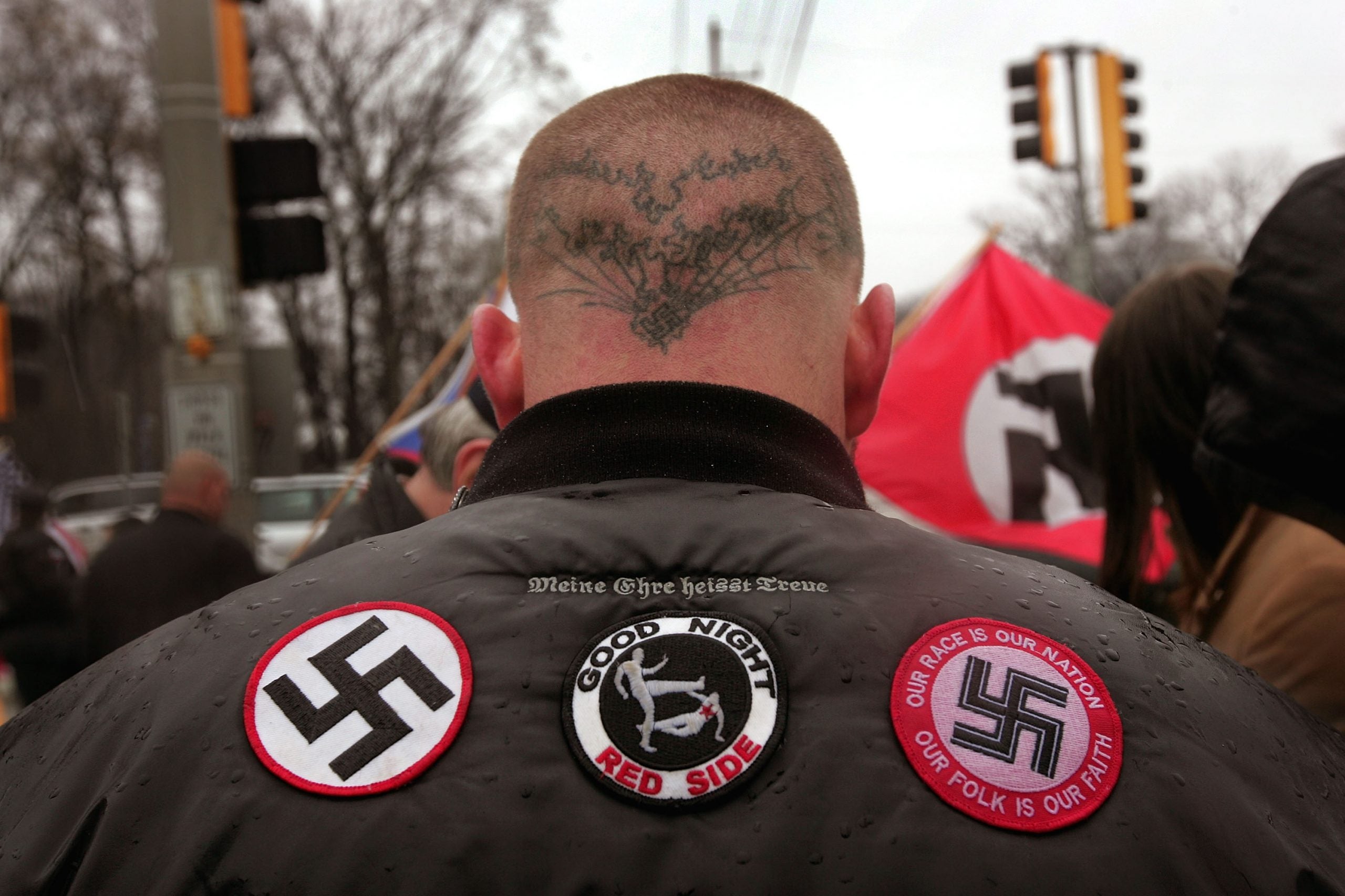
While venturing through these different moments in history while learning how they also played out in Peck’s life, Exterminate All the Brutes outlines how the establishment of white supremacy created the current world order, all in just four hour-long episodes. This also gets explored through the usage of reenactments, animation, excerpts from films like Apocalypse Now (1979) and On the Town (1949), and even some of Peck’s own work.
Josh Hartnett is an avatar for different generational racism

As a way of ingraining the audience into Brutes and making them feel how visceral racism was for those who experienced it during that time, Peck filmed several scenes starring Josh Hartnett as a racist “everyman” who reappears throughout history. Peck and Harnett have known each other for 20 years, so they were able to have those hard-to-have conversations that led to some hard-to-digest, meta-textual moments.
In forcing viewers to think about the context of white supremacy, Harnett’s characters add uncensored color to our nation’s history. In one scene, Harnett shoots an Indigenous woman (Caisa Ankarsparre) in the head. In another, a Darwin-esque cleric discusses the merits of dividing humanity into segments — “savage races” (Africans), the “semi-civilized” (Chinese), and the “civilized” — while Harnett plays a Tuskegee-like captor of the audience filled with people of color.
The documentary series was made “together with” scholars and author Joseph Conrad
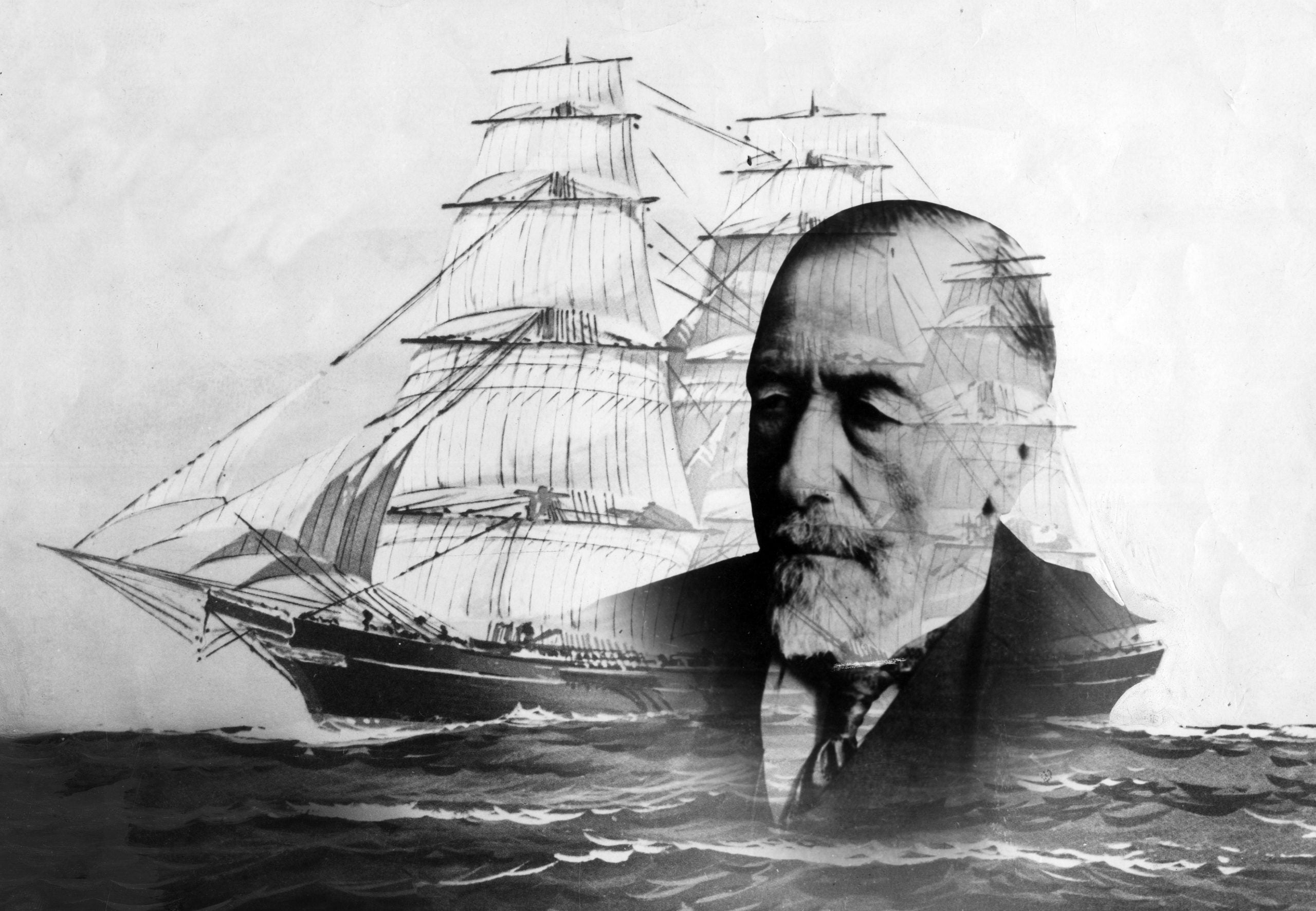
Brutes, which takes its title from the late Swedish historian Sven Lindqvist’s 1992 book, in turn dissects the source of the quote “exterminate all the brutes” from Joseph Conrad’s Heart of Darkness novella. Drawing heavily on history and the stories therein, Peck uses Lindqvist’s travels through postcolonial Africa and incorporates Dunbar-Ortiz’s book along with Haitian anthropologist Michel-Rolph Trouillot’s Silencing the Past: The Power and Production of History to establish throughlines within the four-part docuseries. In each episode, Peck, who knew all three scholars, credits them as co-creators and rightfully so.
Pop culture gets exposed as a mythologizing tool that excuses racist brutality

Peck, a filmmaker with over 20 director credits to his name, layers archival materials, infographics, and clips from movies to make viewers aware of the prejudices we’ve already passively absorbed through pop culture. Films such as Francis Ford Coppola’s Apocalypse Now (also inspired by Joseph Conrad’s novel) and On the Town (which starred a young Frank Sinatra) are only used to show how the real world evolution of war weapons and stereotyping indigenous people and Africans as “the other” helped white supremacy acquire a monopoly of land and resources while spreading death and destruction across large distances.
By the middle of the 18th century, the word “Negré” universally came to mean “bad”
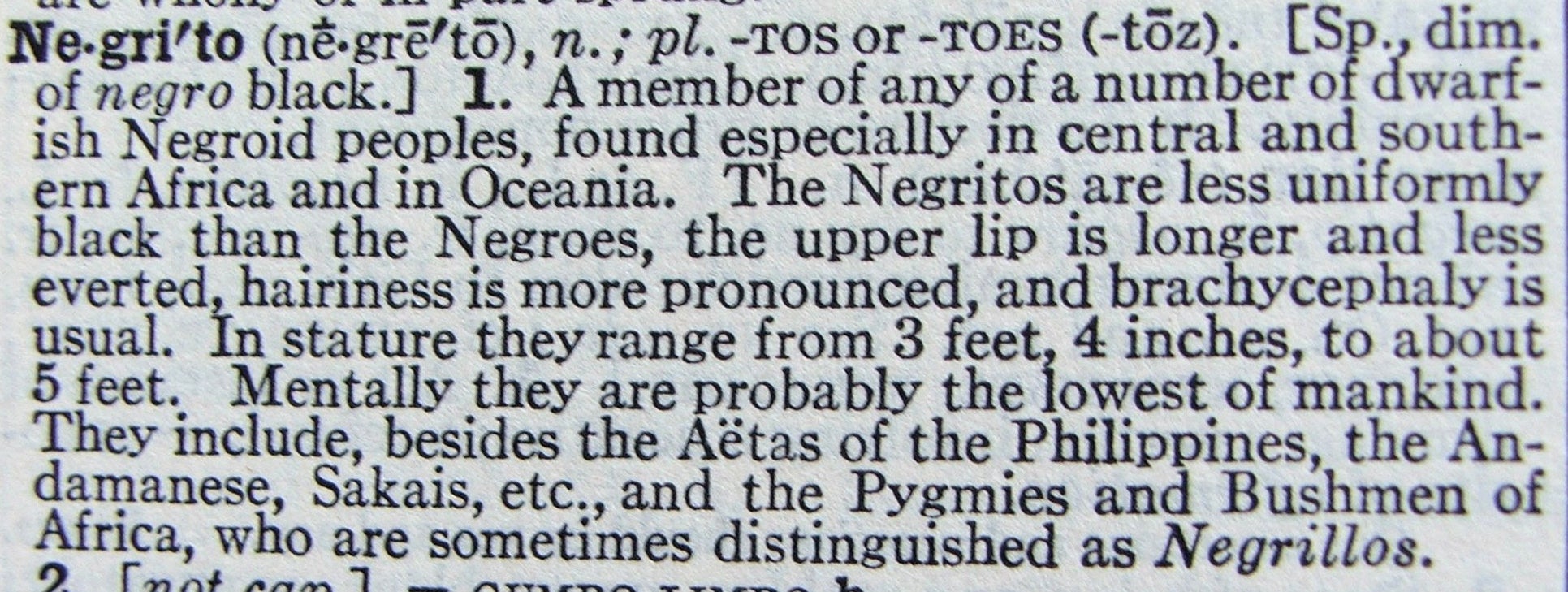
In the French dictionary, the word “negré” was being proliferated just as colonialism and the slave trade were gaining momentum. Originally meant as a slight against “ghostwriters,” authors who would write under someone else’s name, being a “negré” was thankless servitude on par with the labor that colonialism’s newest import — Black human beings — were subjected to. As time would go on, the definition would continue to devolve into meaning “bad” and “lazy” while the slave trade made more and more profit off of African bodies.
Titans of industry around the world who are still celebrated today supported Adolf Hitler
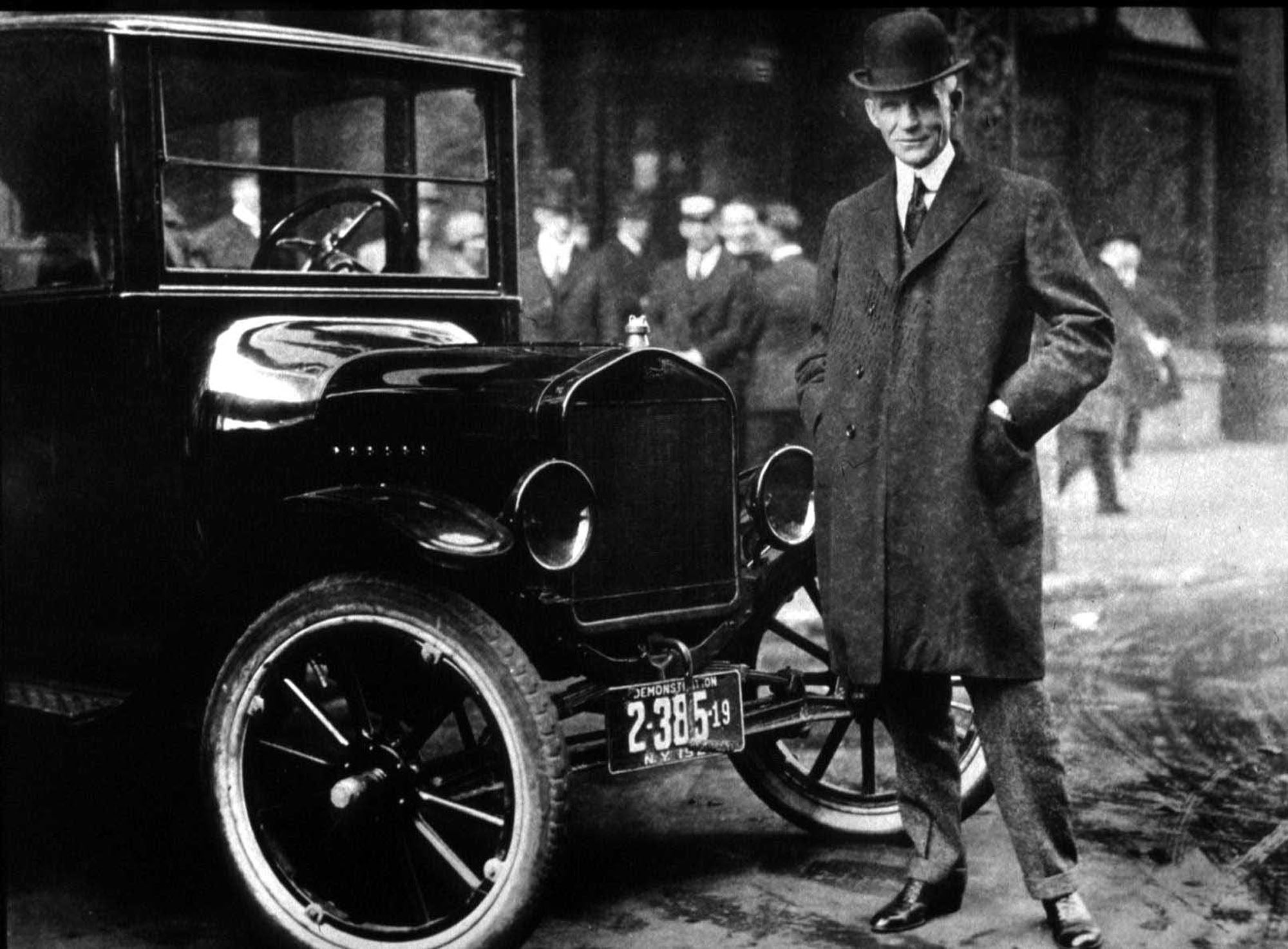
Gustav Krupp, a member of a prominent German dynasty famous for their steel, artillery, and ammunitions, was just one titan of industry who supported Adolf Hitler and the rise of the Nazi Party. Ferdinand Porsche, better known as the founder of the Porsche car company, was a member of the Nazi Party and an officer of the Schutzstaffel. Dr. Wilhem Kissel, a member of the Daimler-Benz AG company, produced armament items and aircraft engines for Hitler and the SS, while American industrialist Henry Ford was presented with the Grand Cross of the Supreme Order of the German Eagle by Adolf Hitler for his 75th birthday. Exterminate All the Brutes shows how antisemitism was steeped in whiteness that not only imbued America’s industrial domination, but served as “an authorization for abuse, [and] a justification for eternal immunity” against “the other.”
Peck sets out to “re-write” history that was written by the exterminators

If history is written by the victors, then Peck inevitably attempts to correct such biases. In America, classrooms would teach “Manifest Destiny,” but in Exterminate All the Brutes, Peck illustrates the map as it was when the Native tribes existed, showing it literally being devoured by colonized territories and states. Here, the westward destruction of indigenous tribes around the globe is a larger example of how white supremacists’ thirst for “long-distance killing” is linked to America’s current role as the military terror in multiple countries.
…And take down a succession of sacred cows from the pages of history
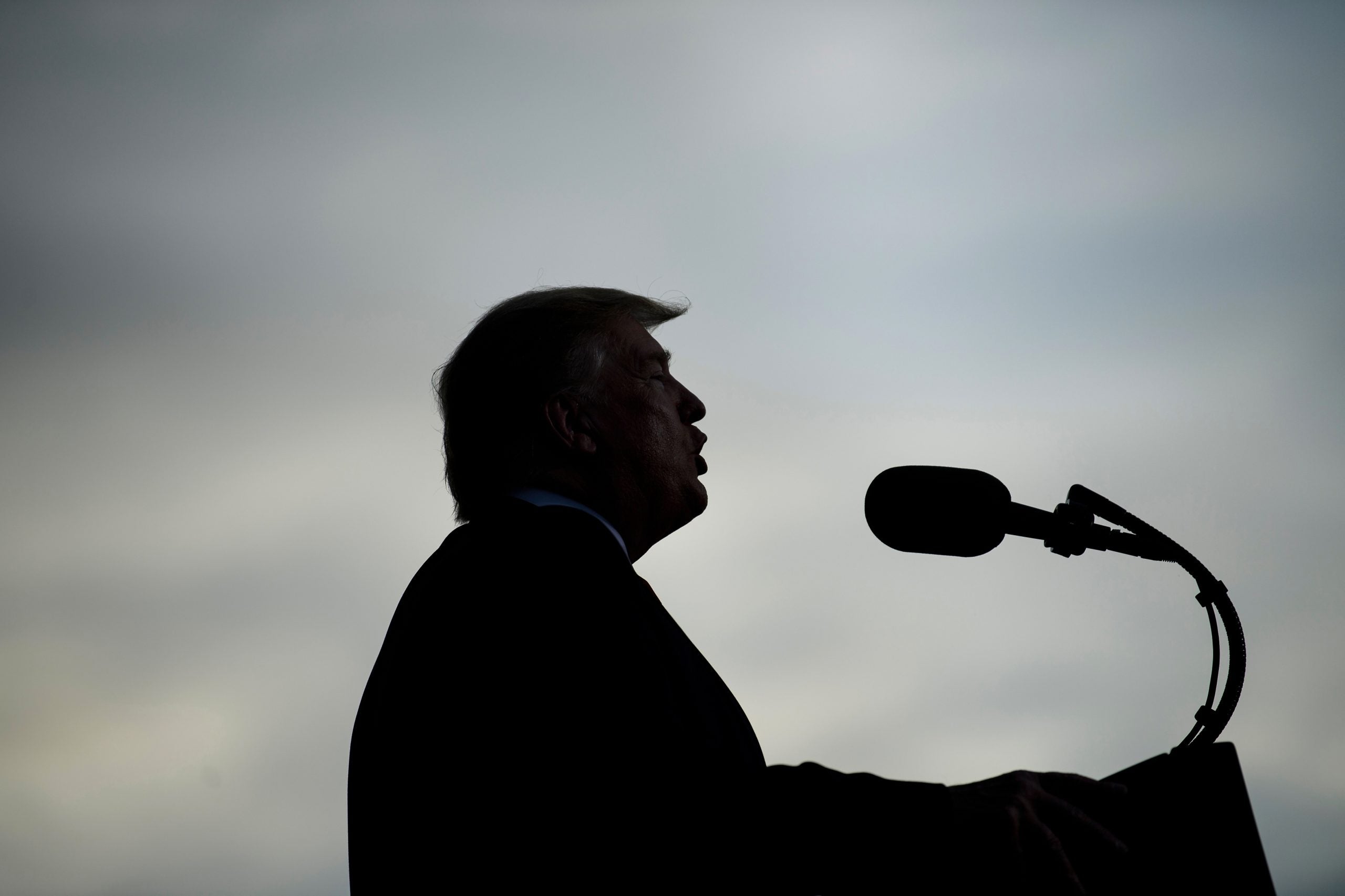
Peck’s Exterminate All the Brutes doesn’t waste much time with niceties. Nor does he accept the inherited canon that history wishes us to accept. Instead, this docuseries attempts to tear down all the totems and replace it with the harsh truth. While this four-part epic telling is intimate in focus, it can’t rewrite history, but definitely carries all the smoke for some of history’s most famous (and infamous) characters. Throughout the series, Peck lines up the likes of Henry Morton Stanley (whom he calls “a murderer”); Winston Churchill, who as a young war correspondent called the slaughter of thousands of Muslim troops “a splendid game;” and Donald Trump, which the film compares to other bigots of history — and dismantles their racist rhetoric in one felt swoop.
Before Hitler’s rise to power, the German Empire exterminated the Herrero people in the first genocide of the 20th century
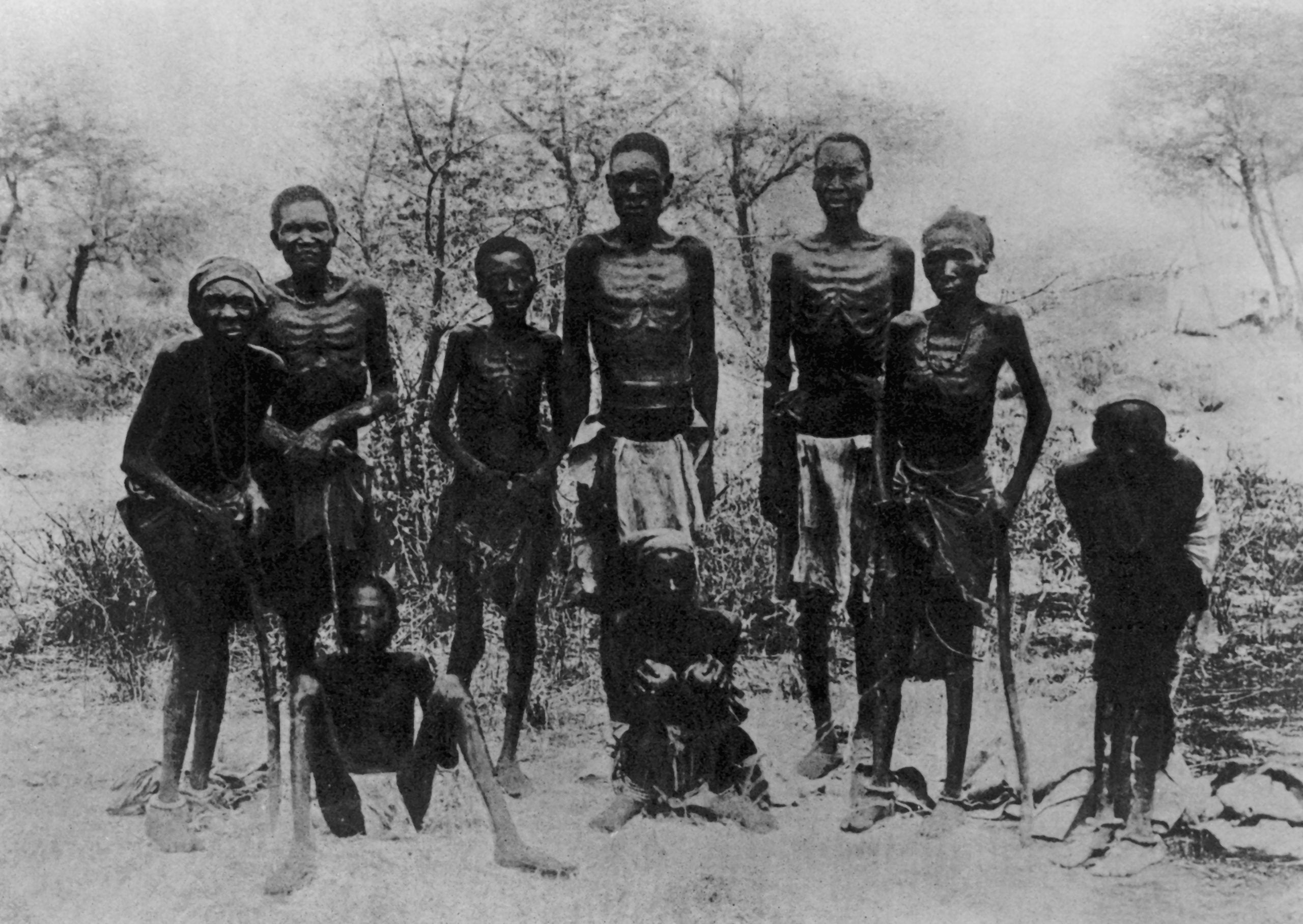
During the Scramble for Africa, the German Empire falsified the purchase of a stretch of coast near the Angra Pequena bay. As the Herrero people, a pastoral nation whose entire life centered on their cattle, gave more of their land to the German under the guise of peace between nations, the German Empire waged genocide and took over the area in South West Africa (now Namibia). Between 24,000 and 100,000 Herreros died in the genocide, and those who survived were imprisoned in concentration camps, where the majority died of diseases, abuse, and exhaustion. In Exterminate All the Brutes, Peck notes that the Herrero genocide set a precedent in Germany that would later be followed by Nazi Germany’s establishment of death camps.
Exterminate All the Brutes is available for streaming in full on HBO Max.
Kevin L. Clark is a Brooklyn-based freelance writer and curates ESSENCE’s The Playlist. Follow him @KevitoClark.
